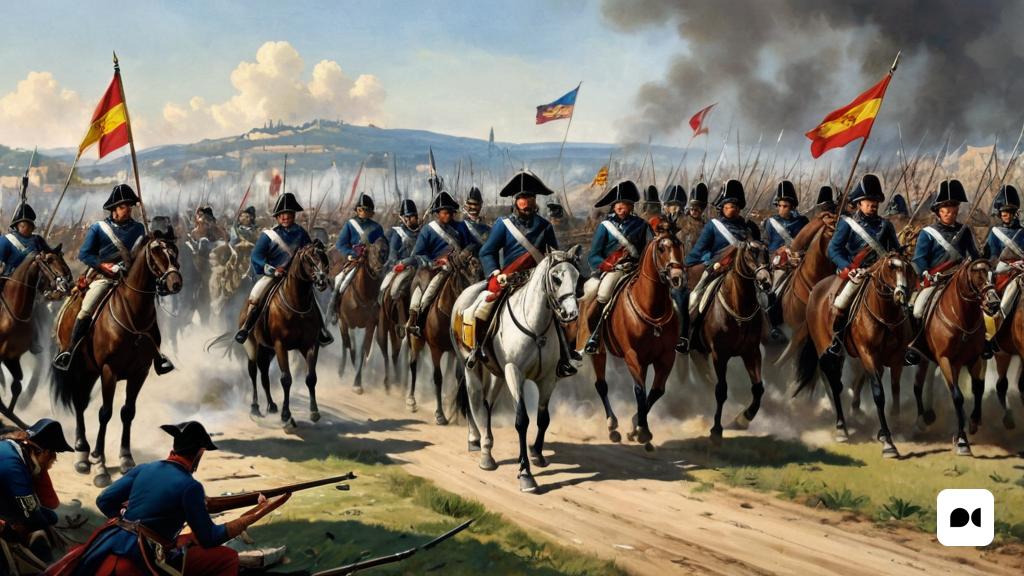A Historical Confrontation
August 14, 1714 marks a key moment in the history of Catalonia. As part of the Catalan War, a conflict that defined the political and cultural heritage of the region, a memorable confrontation took place in the Talamanca stream valley. On this day, a detachment of 4,000 Catalan soldiers, under the command of Antoni Desvalls, Marquis of Poal, faced the Bourbon troops, who had 3,500 troops led by José Carrillo de Albornoz, Count of Montemar.
Strategy and Knowledge of the Terrain
The Catalan victory in this battle can be attributed to a superior military approach and a deep knowledge of the terrain. Desvalls implemented an encircling tactic that destabilized the Bourbon forces, allowing the Catalan cavalry to effectively attack the enemy flanks. Meanwhile, the infantry advanced with determination, unleashing a series of rifle charges that sowed panic among the Bourbon ranks, causing their rapid retreat.
The Consequences of the Battle
On the evening of August 13 and the morning of the 14th, the Catalan forces not only secured their victory, but also pursued the enemy troops as far as Sabadell, inflicting a toll of 100 dead and 800 desertions among the Bourbon ranks. However, the victory was not enough to break the siege on Barcelona, which had begun on July 25 of the previous year.
The Desvalls Decision
Despite the success in Talamanca, Desvalls’ aim to head towards Barcelona was thwarted after a meeting with Martí Zuviria, General Villarroel’s emissary. This meeting in Olesa de Montserrat led Desvalls to reconsider his strategy, finally deciding to focus on the liberation of Manresa. However, the war would soon move inside Barcelona, culminating in the surrender of the Catalan authorities on September 12, 1714.
A Legacy of Resistance
The Battle of Talamanca is remembered as the last great Catalan victory on an open battlefield during the Catalan War, symbolizing not only the bravery of the soldiers but also the fervor of a people fighting for their autonomy and identity. This confrontation, therefore, does not only represent a military episode, but becomes a testimony of the resistance and spirit of Catalonia in moments of great adversity.

